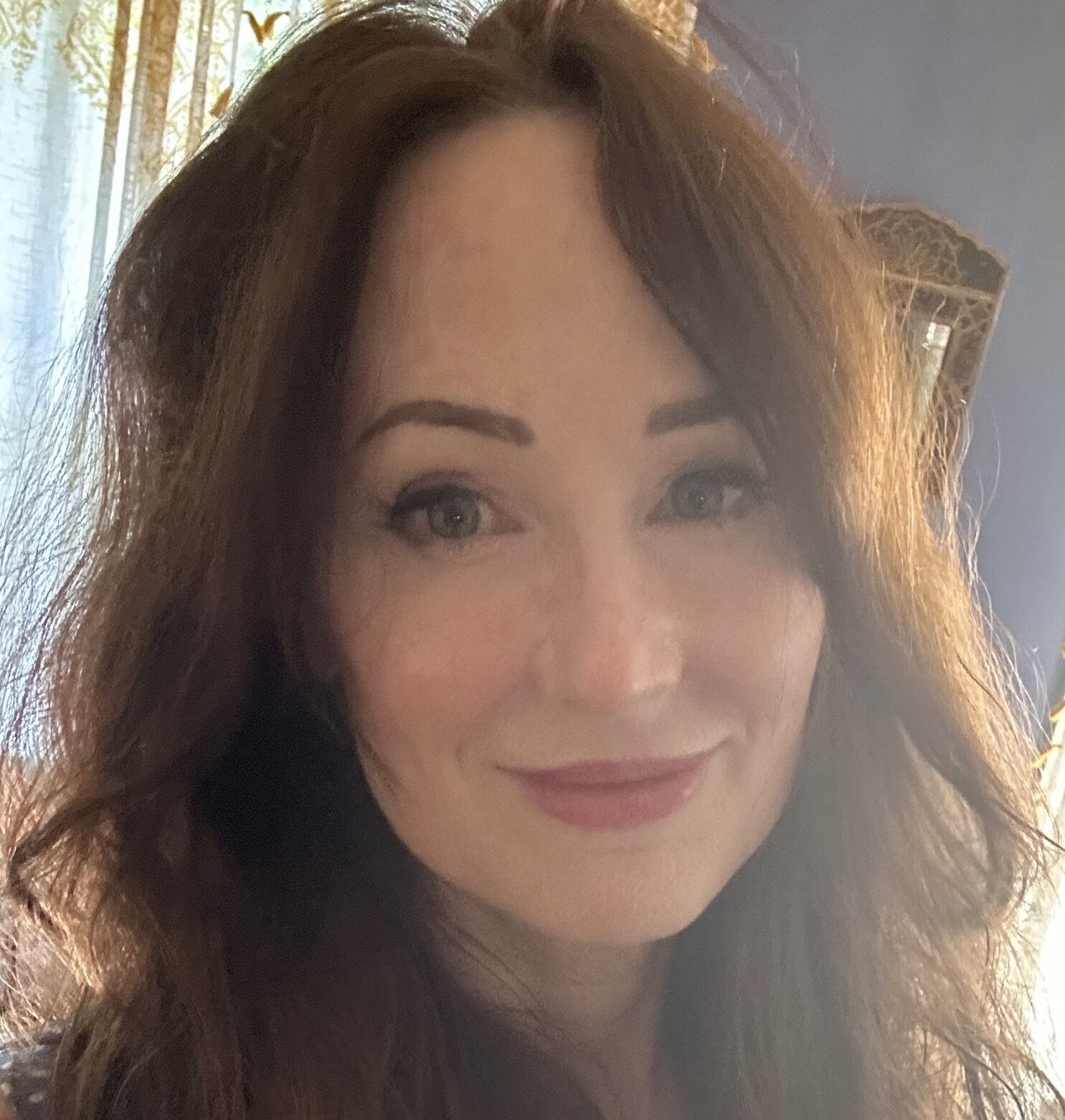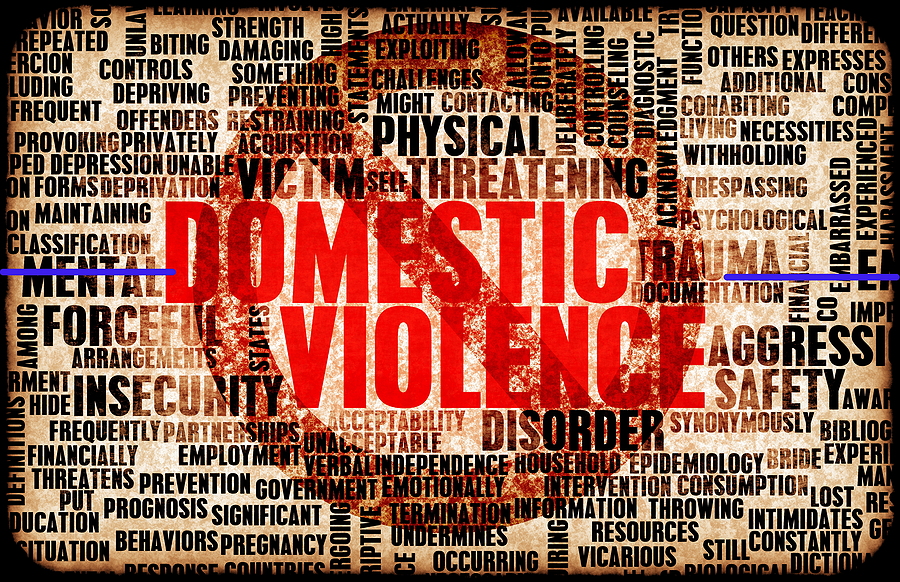Every year in October, domestic violence receives the star treatment: its own month of observance, special merchandise and media-focused articles and interviews of people sharing their story. All of which is appreciated!
However, come November 1, we return to our regularly scheduled programming, and this specific program will once again be an afterthought. Important, always — but not seen as anything else beyond a problem that can only be managed, not solved, in relationships.
Looking closely at domestic violence one month a year is probably an outgrowth of thinking of domestic violence as an impact — we ask ourselves how we will react to violence that’s already occurred. Where can people go to get help?
If we shift our perspective from managing to prevention, we can look at how we might change the conditions that lead to domestic violence all year long. It’s that thought process that led us to create the helpline, A Call for Change.
The helpline is about responding to people who want to change, but our work is about teaching skills to cultivate interrupting and combating these behaviors throughout the year. We don’t have many shared models for how whole communities can change, so when it happens, it often occurs only in pockets. We aim to share our skills to teach others how to foster compassionate accountability within their communities. And that’s a year-round practice.
Everyone who works on the helpline practices loving, mutual accountability. “Everyone” includes men. Involving men was a powerful factor in the decision to partner with the California-based organization Alliance for Boys and Men of Color. All genders have to step up in working to end this. Having more men step up and say, “I don’t like these habits I see and want to change,” or, “This is something I see my friends doing, and it needs to stop, and I want to get better at being part of their change,” is a doorway to rapid community transformation.
Publicly shared accountability speaks volumes and encourages more people to call in and listen to what the helpline can offer.
We started taking calls four years ago, and the learning curve taught us that anyone involved in the helpline has to be involved in this change from the inside out. Usually, interventions focus on resistant people who are not ready to change but are forced into programs against their will. The helpline works with those who are prepared to take that next step. This allows us to cultivate a space for someone to change if they want to. To do this work effectively, we don’t lean on labels or put people at a clinical distance.
Additionally, the fact that callers are anonymous allows them to step outside of their public identity for a moment and be more honest and vulnerable about what they do with the feelings they don’t like. Many callers say they have never told anyone the whole truth of what they have done, and this allows us to get to the core of how to begin doing the work.
We measure success by someone being safe enough to be told, to be left alone, to accept feedback, and consider a change in perspective. At A Call for Change, we hold up a mirror to people’s lives, allowing them to see what they have become for themselves. This step is what leads to the most radical change — but it doesn’t happen overnight.
When it comes to accountability and domestic violence, we just think about sentencing, safety planning and responding — but we can do more. We can work with individuals to effect change, helping them become a positive example that shows others how it is possible to stop these violent behaviors, become reliably safe, and eventually become a truly healthy partner and community member.
We can all learn and improve, setting an example for others to follow. Domestic violence lasts 365 days a year, and we work every day after October 31 ends to stop it, through effective, radical, compassionate and accountable change.


